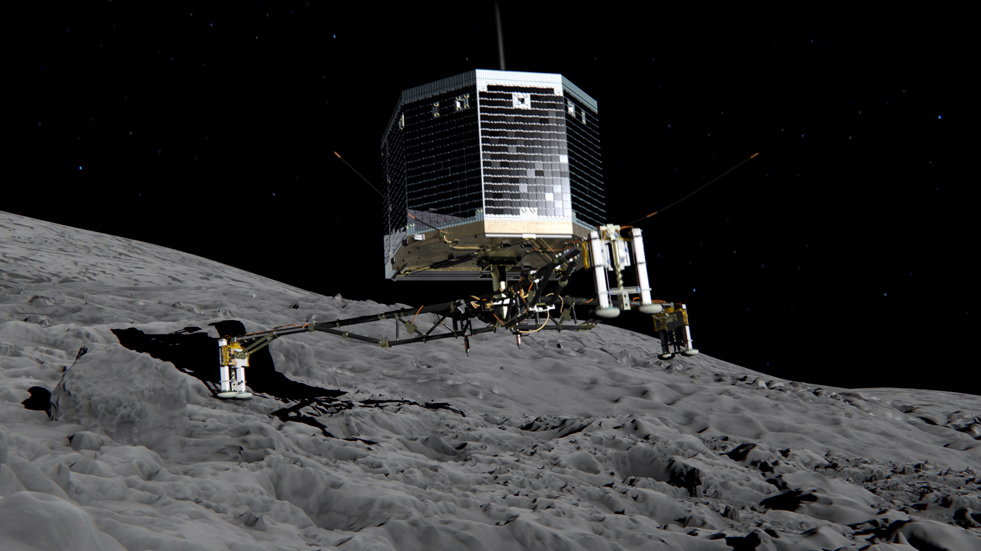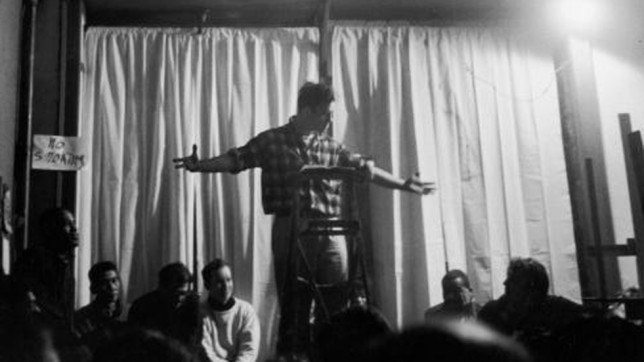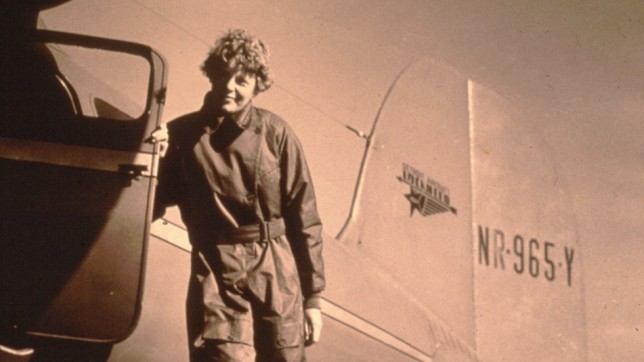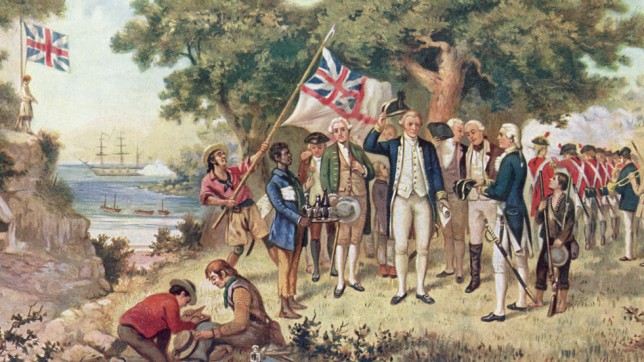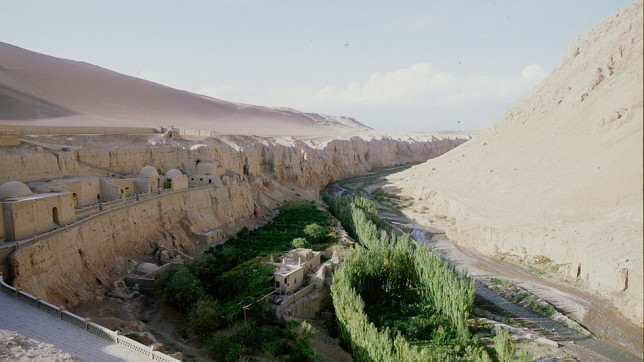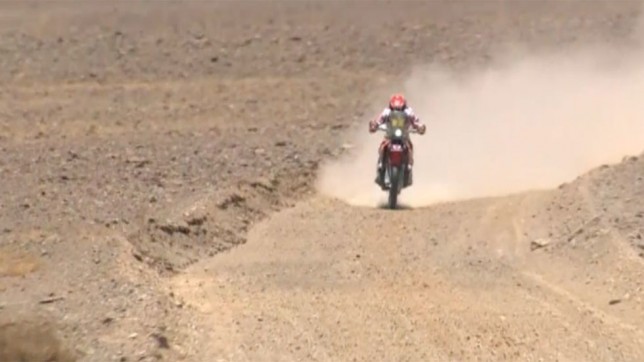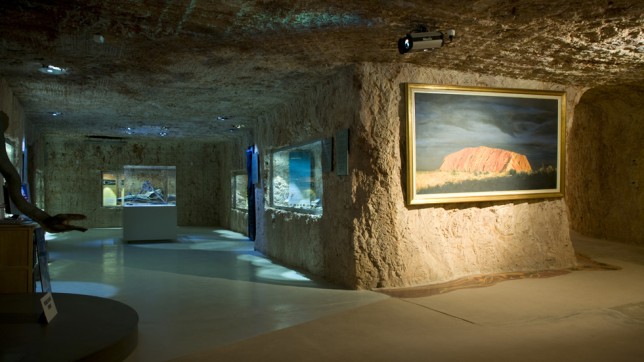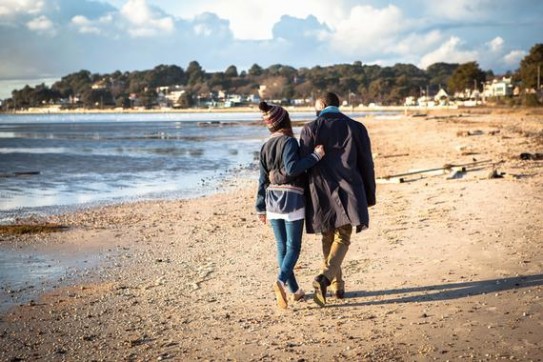by Bonnie Friend
310 million miles through space
Once upon a time it seemed that the moon was beyond our reach, but as 2014 drew to a close, one space traveller took science beyond the realms that even fiction could imagine by landing on a comet 310 million miles from Earth. The probe, named Philae, secured its place in the history books when it bounced onto the surface of comet 67P and its journey isn’t over. It is hoped that the probe will return valuable information not just about comets but the history of the solar system. The mission continues.
On the road
The thing about a truly epic journey is that it’s are not just about the number of miles covered but the personal voyage it takes you on as well. Achieving cult status as a defining post-war work of literature, Jack Kerouac’s On The Road definitely does that. Travelling through the worlds of counterculture, poetry, jazz and drugs, it is based on his own travels across America, and, as the mark of a truly inspiring escapade, it continues to inspire people more than 60 years after it was first published.
Around the world
A pioneer, an adventurer, and valiant traveller, Amelia Earhart had become a household name by 1937 when she attempted to fly around the world. She overcame technical problems, financial restrictions and gender bias but just 7,000 miles from achieving her goal she disappeared along with her aircraft, never to be seen or heard from again. The US government spent $4 million searching for her to no avail. Earhart remains a key figure in aviation history and an inspiration to generations of men and women.
Watching Venus
We know less about the sea than we do about space, but thanks to Captain James Cook we at least have a sense of where we are in the world. In 1768 he was commissioned by the Royal Society of London to travel to the Pacific and observe Venus’s transit across the Sun to help with determining longitude. As it turned out neither he nor the other 75 observers trying to do the same thing were accurate enough to make a calculation. However, where one opportunity comes to an end another begins, and so Cook and his crew took on a new challenge. Along with his ship the Endeavour he undertook the first complete mapping of the coast of New Zealand, Tasmania, and the eastern coast of Australia… something that those of us partial to travel are extremely thankful for today!
The old Silk Road
It is reliably said that travel broadens the mind, but in the case of the Silk Road it lead to much more than that. Essentially an ancient trade route, it linked the West to the East over 4,000 miles, and was the well-trodden passage for merchants, pilgrims, monks and travellers between Europe, Persia, Arabia, China and India. While goods were the principal commodity, the route also meant that less tangible elements were exchanged – cultural integration, ideas, philosophies and religion found their way across invisible borders and barriers. In recognition of the route’s importance, in June 2014 UNESCO designated the Chang’an-Tianshan corridor of the Silk Road a World Heritage Site proving that travel in its many guises really is about so much more than novelty souvenirs.



